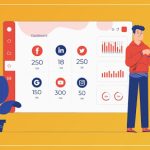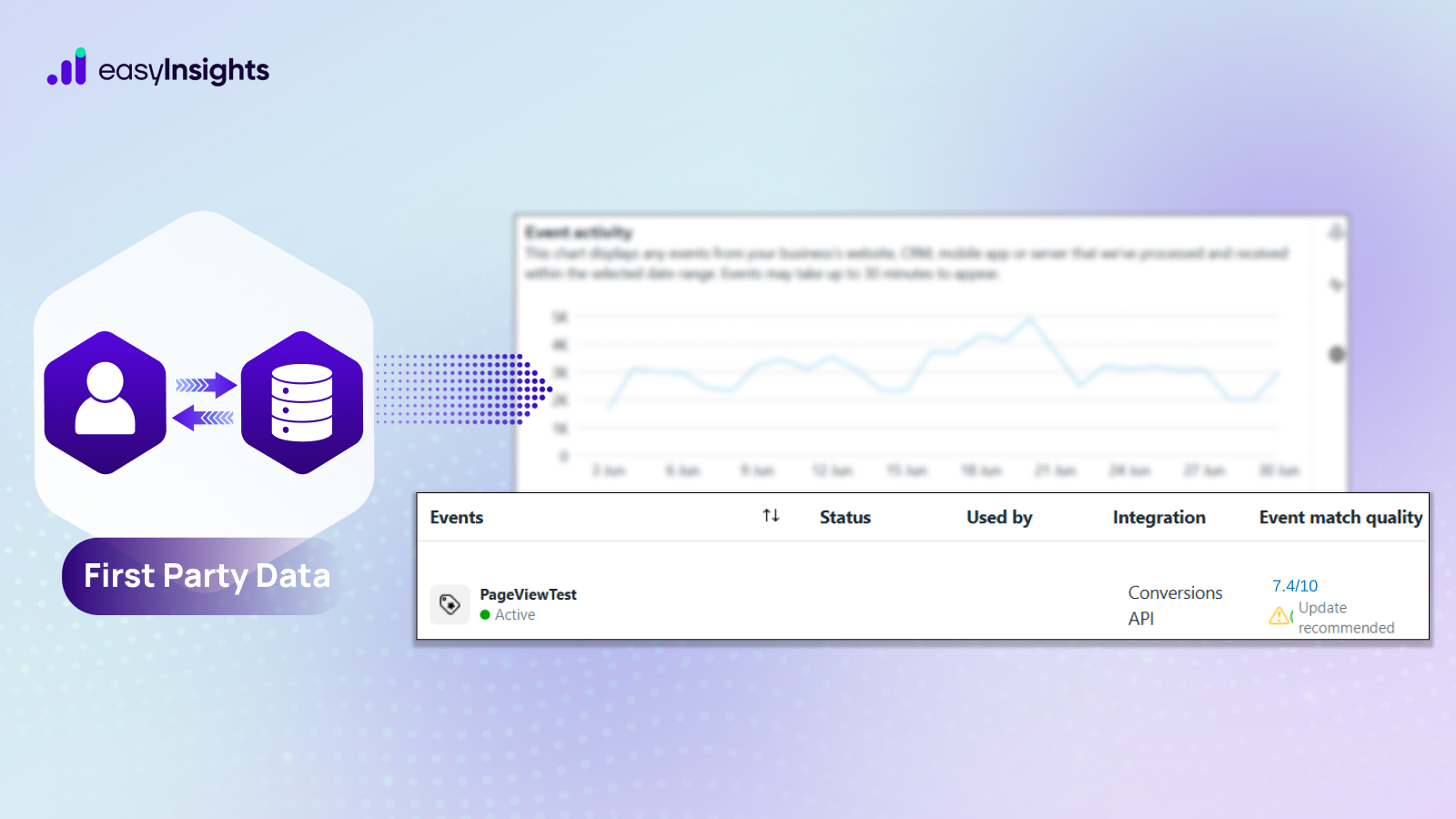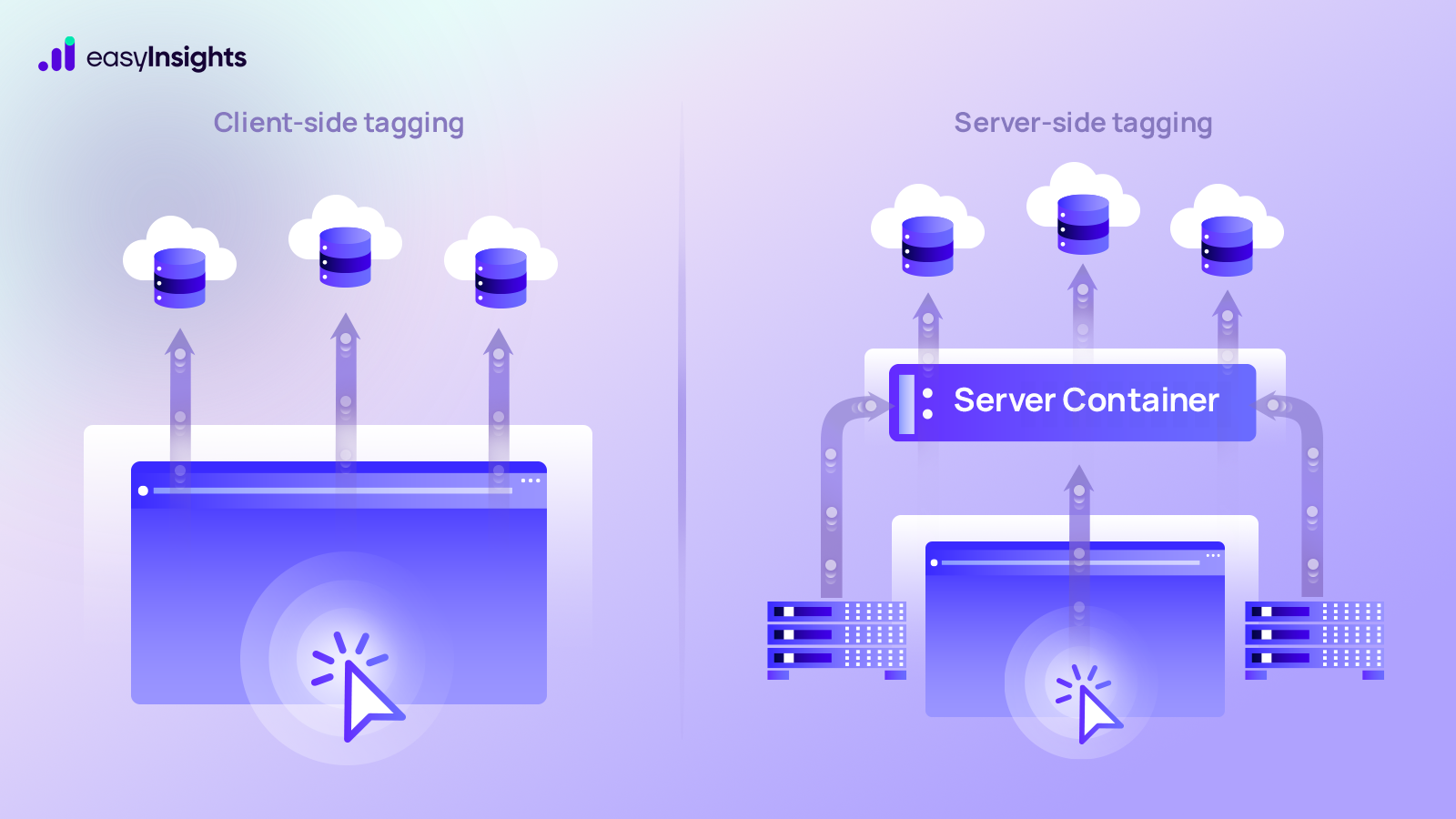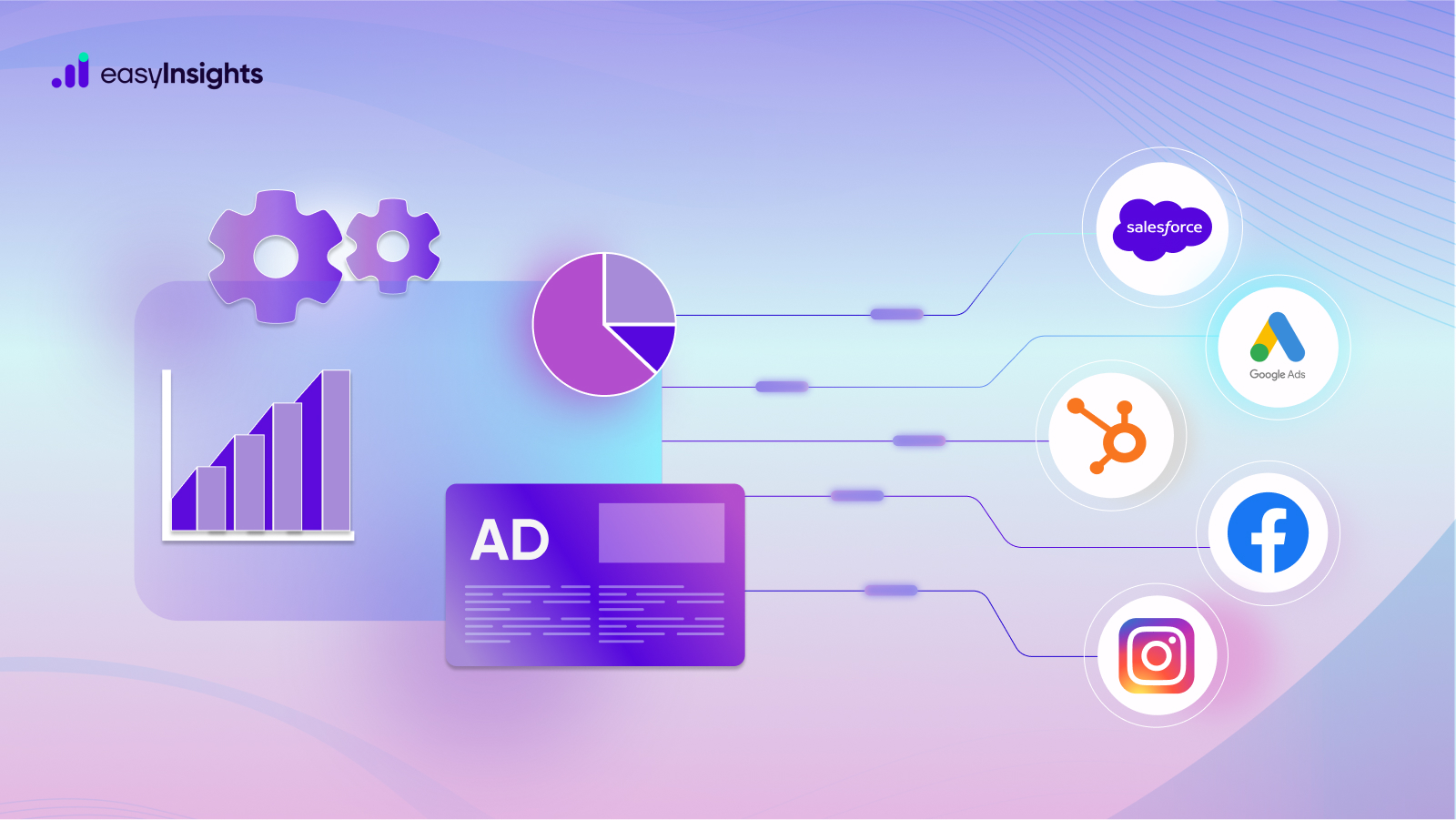
Picture this, you are at a book-store in a busy part of the town. Of the many people passing by, you notice that the majority merely glance at the many titles on display before walking away. Others stop for a couple of minutes to take a closer look at the latest bestsellers while a handful gazes intently at the books, flip through their pages and ask for recommendations from the store clerk.
Which of these would you say are the most likely to end up purchasing a title or two? The ones that took a few minutes to scan the books, of course. That’s because the store clerk identifies these people as quality customers – those who are engaged, interested, and ready to buy.
A similar concept can be adapted for virtual shops i.e., e-commerce stores for driving more sales. Such customers are termed as quality users.
Also Read: How Lead Grading Can Help Your Sales (and Marketing) Teams Seamlessly Drive Engagement and RoI
Jump ahead to:
What is a Quality User?
For online businesses, quality users are those visitors who actively browse through the different product categories, their specifications, check availability information, and proceed to add some of them to their shopping carts. These types of users are easy to convert and upsell to. They typically spend more than the average customer, per visit, thus contributing to revenue growth over a period of time. In other words, these visitors are nothing less than gold – high-quality leads.
From a marketing funnel perspective, these Quality Users are in the middle of the funnel.
Why Optimizing Campaigns for Mid-funnel A.K.A. Quality Users Is Important
Wouldn’t it be great if all campaigns could be accurately mapped to target high-quality leads like these? That is easier said than done, though.
Now, your typical conversion data is not enough to derive meaningful insights. This forces businesses to rely on other attributes like Add to Cart (ATC), Checkout, etc. to optimize their campaigns.
A better workaround to this common problem is to start looking at the user behavior at mid-funnel. How? By defining quality user activity patterns specific to your business. For example, if your online store retails boutique watches, you would need to factor in the different stages of the conversion cycles based on parameters like the number of visits and time spent on a page.

Here are some more patterns to look for:
- A user with 3 Product Pageviews and Time Spent greater than 120 seconds.
- A user engaged with Social Media and visited the website in the last 7 days.
- A user with 100% scroll on at least 5 Web-pages in the last 14 days
Like the bookstore in the example earlier, shoppers are not likely to buy if they are still early in their customer journey. It may take an extra visit or two for some to finally click the ‘Buy Now’ button. By optimizing your campaign at mid-funnel, you can target your ad-spend in a way that engages buyers who are still in two minds about your product even after the first couple of visits. This is also important if the product in question is a premium one and the sales cycle is longer.

Secondly, user quality data provides vital clues into the buying motives of the visitors to your site. If their initial activity does not convey a clear intent to buy, you may end up saving money that would have otherwise been wasted on campaigns targeting such leads. In other words, mid-funnel optimization gives you the ability to take corrective action if the conversion potential is not high enough to justify the ad spend.
Thus, the age of spending aggressively on ads without clear outcomes is over.
Metrics To Track Quality Users
On-page Metrics – Avg. Session Duration, Bounce Rate, Pageviews Per Session: These metrics can help you analyze the user’s journey and help you to optimize the user experience of your online store.
For instance, if a user spends lesser time on a particular type of product page, he/she is very likely not interested in that product. Similarly, if a product page has a higher bounce rate, it means it isn’t attracting the right user group.
Identifying these and optimizing your campaigns will result in attracting a more relevant audience, better click-through rates, higher conversions, and better returns on your ad spend.
Simplifying Quality User Tracking With EasyInsights

EasyInsights makes it possible for you to track user quality seamlessly through a variety of standard dashboards and customizable reports. EasyInsights is designed to be simple and easy to use.
How EasyInsights Can Deliver Great Results for Your Online Marketing Efforts
EasyInsights connects with a variety of ad platforms and analytics tools allowing you to define a broad range of user quality metrics and seamlessly integrate them into the platform.
Once you have specified the required user quality metrics in EasyInsights, the process of figuring out the cost per quality user becomes effortless and automated.
What’s more, you can set up soft and hard alerts to limit overspending on campaigns.
You can build custom dashboards in EasyInsights and correlate cost per quality user numbers with other data points at different stages of the buyer journey.
EasyInsights lets you build custom parameters for measuring user quality which can be aligned according to changing campaign requirements. Metrics can be changed easily in just a few clicks.
Wanna see EasyInsights in action? Book a free demo now
Case Study:
The following case study demonstrates the value of tracking Quality User in terms of optimizing ad performance and RoI:

As you can see in the table, RoI improved significantly month on month between December and January, resulting in a 35% growth. This was clearly the impact of integrating metrics to identify and track quality users into the campaign.
Over a period of 3 months i.e., December to February returns improved by up to 5% which is clearly evident in Table 2.








